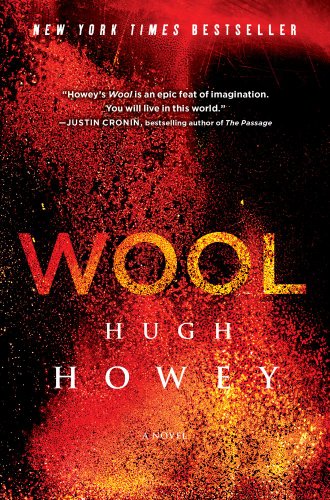Writer has several films in development and is part of a railway ownership group
Copyright © 2020 Albuquerque Journal
BY ADRIAN GOMEZ
JOURNAL ARTS EDITOR
The enforced isolation has been tough on the world.
For George R.R. Martin, it’s helped him to write. The Santa Fe resident posted on social media Wednesday, “I have to confess, after half a year of pandemic, I am showing signs of cabin fever. If nothing else, the enforced isolation has helped me write. I am spending long hours every day on THE WINDS OF WINTER, and making steady progress.”
The highly anticipated “The Winds of Winter” has been a decade in the making and is the next in the “Song of Ice and Fire” series, which the TV show “Game of Thrones” was based on. Martin says he is writing in an actual cabin in the mountains.
“I finished a new chapter yesterday, another one three days ago, another one the previous week,” he writes on his blog. “But no, this does not mean that the book will be finished tomorrow or published next week. It’s going to be a huge book, and I still have a long way to go. Please do not give any credence to any of the click-bait websites that like to parse every word of my posts as if they were papal encyclicals to divine hidden meanings.” Martin also wrote about books he’s been reading. He said other things are going on in his life as well.
“I bought a railroad … well, I bought a third of a railroad,” he wrote.






